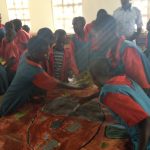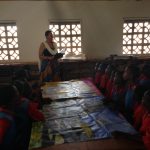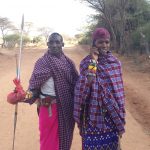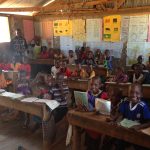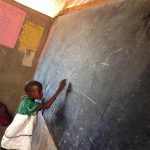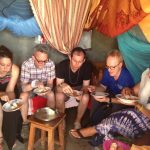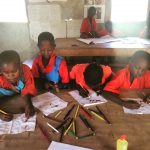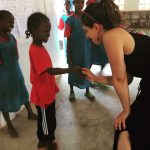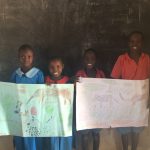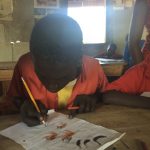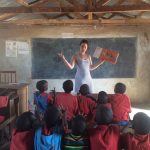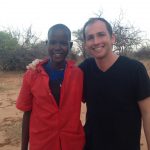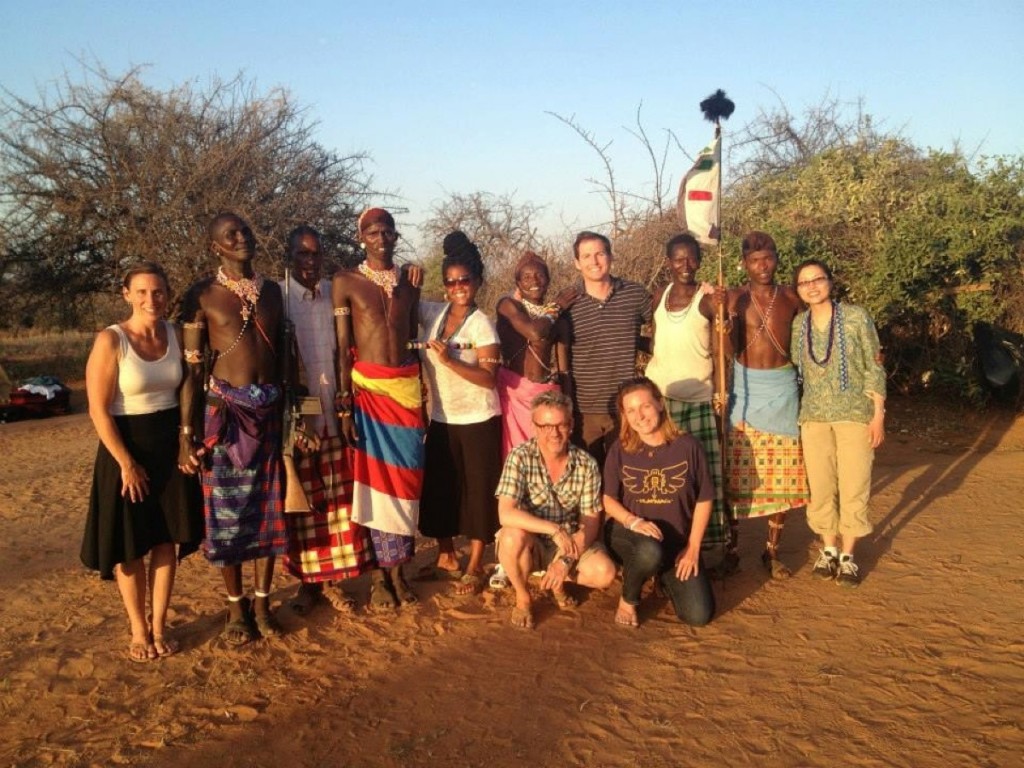Gallery – Packer’s 2015 visit
This past July, another cohort of Packer teachers traveled to the Samburu Region, Kenya to visit Ndonyo Wasin Primary School for ten days. Patrick Kieffer (5th Grade Core) and Todd Johnson (7th & 8th Grade English), both veteran members of the 2013 trip, were joined by Liz Aberback (1st Grade), Tim Jensen (4th Grade social studies), and me to further the Ndonyo Wasin Partnership’s mission statement directives to “foster cultural awareness by building relationships between the communities, students, and faculty of our schools.”
Upon our arrival at the school, Assistant Head of School, Julius Lchokua, welcomed us and introduced us to two confident, poised, and friendly Standard Eight students, Veronica Nitijingwa and Gabriel Lekanapol, who took us on a tour of the campus. Gabriel also spent a significant amount time with us at camp answering all our questions and helping us learn about both the village and school communities. Upon meeting with Headmaster Paul Lepartingat, we were paired up with Ndonyo Wasin faculty to observe and teach classes, engage in professional conversations, meet with groups of students, and lead a variety of after-school activities.
After acclimating to camp life, we began to prepare feverishly for our classes. We knew that English is the third, or sometimes fourth language students speak at Ndonyo Wasin. All instruction is in English and teacher pedagogy at the school is generally teacher-centered and traditional. We hoped to model some simple strategies for student-centered instruction, formative assessment, and creative and critical thinking. We applied tactics such as rearranging desks from linear rows facing the teacher into a large circle so students could face each other during discussions. We practiced calling on students who had not yet contributed to the conversation before calling on students who had already spoken. We created opportunities for different configurations of group discussion, creative writing, and role-play. In a Standard 2 class, Liz created a lesson around “things communities do together” and the children re-enacted a Samburu wedding celebration. In Standard 8 history class, I introduced current events articles from a few of Kenyan newspapers and asked students to discuss and debate the problems related to refugee camps in Kenya located near the Somalian and South Sudan borders.
Additionally, we provided a fresh series of engaging after-school offerings. Patrick and Todd led a session using the Brooklyn edition of “This Is Ours” and the accompanying student-produced video. Tim organized and coached a debate club where students argued the question “Are big families better than small families?”, which was debated in front of the whole school. Liz and I led visual literacy lessons around the murals depicting Samburu folk tales that Packer third grade students had illustrated.
Particular highlights of our cultural exchange with teachers was our impromptu invitation to cook and eat ugali (corn meal) and cabbage with them, and sharing our “goat feast” as a farewell gesture of thanks for their generosity and kindness during our visit.
In addition to being a great adventure, our shared experience was both a meditation on our individual teaching practices and a challenge to us to generate additional ideas for authentic ways to strengthen the ties between our communities.
Monika Johnston, History
